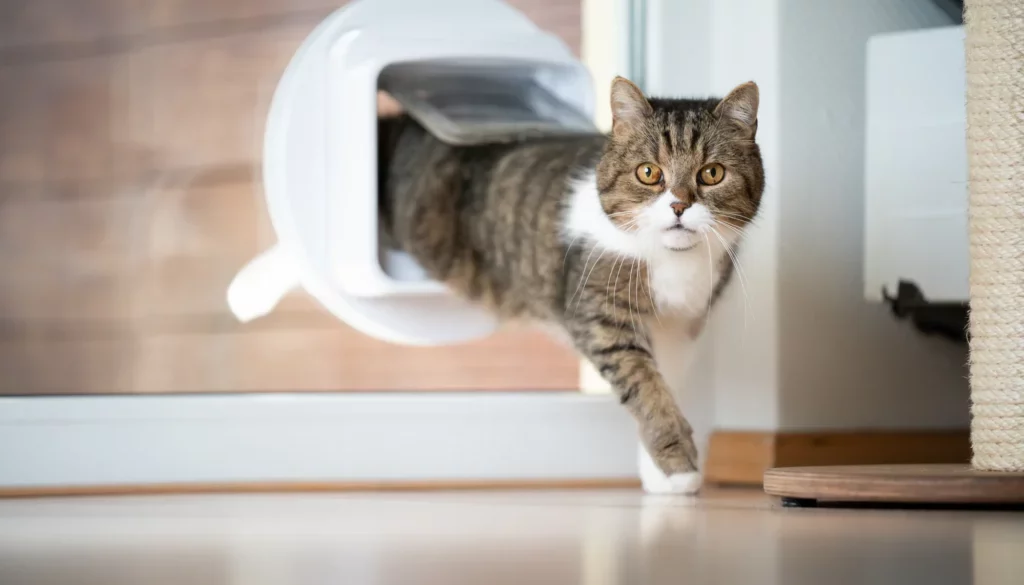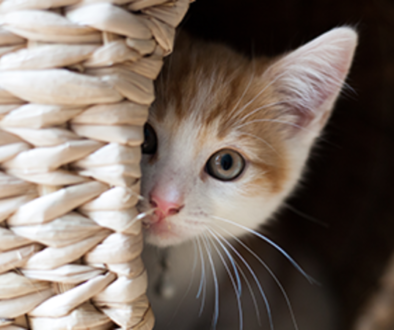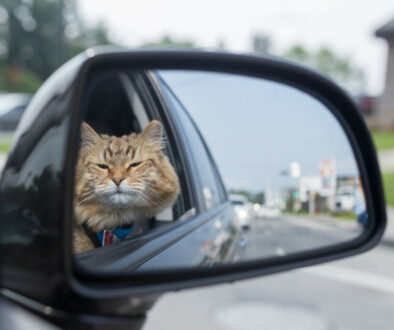Training Your Cat to Use a Cat Door
Cat doors are not just a convenience for pet owners; they provide your feline friend with the freedom to explore the outdoors while maintaining a sense of independence. Patience and Consistency are the key principles when Training Your Cat to Use a Cat Door; a gradual approach and a consistent routine contribute to a successful training process. In this guide, we’ll explore the art of training your cat to use a cat door, ensuring a seamless transition that benefits both you and your curious companion.
Understanding Your Cat’s Behavior
Cats are inherently curious and territorial creatures. Understanding their natural instincts is essential when training them to use a cat door. Cats have an innate desire to explore their surroundings, and a cat door can provide them with the freedom they crave.
Importance of Positive Reinforcement:
Positive reinforcement is a key aspect of training your cat. Cats respond well to rewards, such as treats and affection, when they exhibit desired behaviors. When it comes to using a cat door, associating the experience with positive outcomes reinforces the behavior and makes the training process more effective.
Choosing the Right Cat Door
Before diving into training, it’s crucial to select the right cat door for your feline friend. Various types are available, including traditional flap doors, microchip-activated doors, and electronic doors. Each type has its advantages, so choose one that aligns with your cat’s size, habits, and lifestyle.
Factors to Consider Before Purchasing:
Consider factors such as the size of your cat, the location of the cat door installation, and the prevailing weather conditions. For smaller cats, a standard flap door may suffice, while larger breeds might benefit from a sturdier design. Additionally, the door’s insulation and weather resistance are crucial considerations, ensuring your cat’s comfort in all seasons.
Familiarizing Your Cat with the Cat Door
Strategic placement of the cat door is essential for a smooth training process. Install the door in a location where your cat frequently spends time, ensuring they encounter it regularly. This familiarity reduces their apprehension and increases their curiosity about the door.
Encouraging Curiosity:
To pique your cat’s interest, use treats, toys, or even a familiar scent near the cat door. Cats are naturally inquisitive, and by associating positive experiences with the door, you create a positive connection that motivates them to explore it further.
Using Treats and Rewards:
When introducing your cat to the cat door, utilize their love for treats. Whenever your cat shows interest in the door or approaches it, offer a treat immediately. This positive reinforcement creates a connection between the door and a rewarding experience, motivating your cat to engage with it willingly.
Verbal Praise and Affection:
Cats respond well to positive affirmations. Offer verbal praise and affection when your cat interacts positively with the cat door. Use a cheerful tone and gentle strokes to communicate your approval. This not only reinforces the behavior but also strengthens the bond between you and your feline companion.
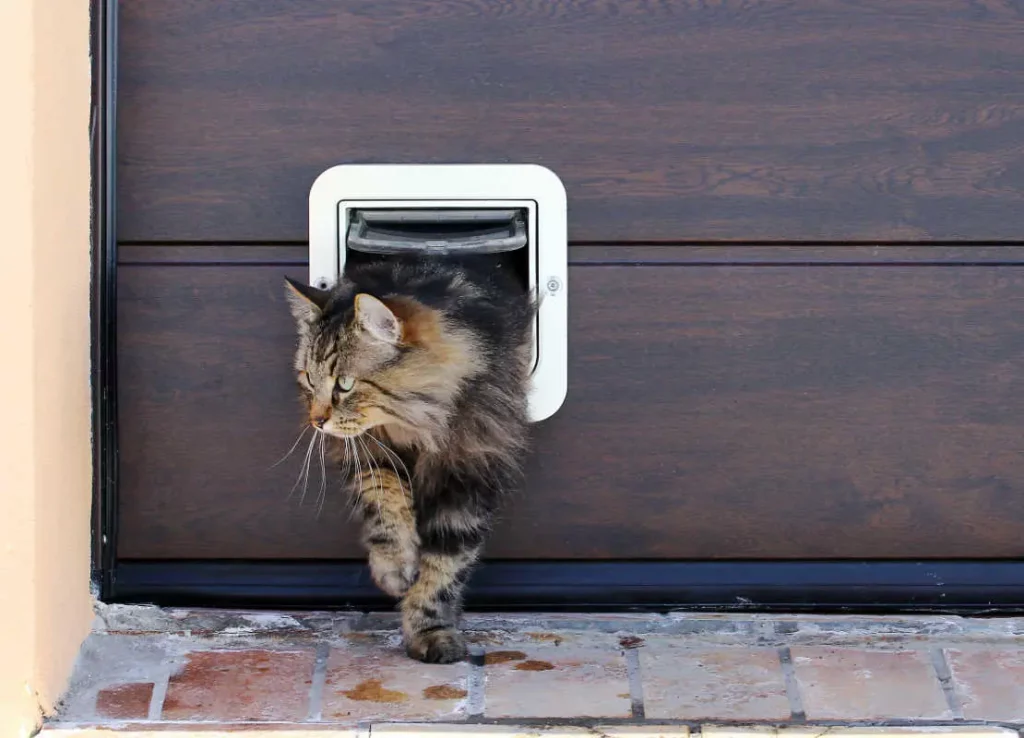
Gradual Introduction to the Cat Door
Before expecting your cat to navigate the cat door independently, manually open and close it while they observe. This helps familiarize them with the door’s movement and assures them that it’s a safe and controlled environment. Use treats and praise during this phase to associate positive experiences with the door’s motion.
Guiding Your Cat Through the Door:
Take an active role in your cat’s first encounters with the cat door. Gently guide them through it, offering treats and praise as they pass. This hands-on approach builds confidence in your cat, reducing any anxiety or hesitation they might feel about using the door.
Patience and Consistency:
Training your cat to use a cat door requires patience. Every cat learns at its own pace, so be patient and understanding. Avoid rushing the process, as this can lead to stress and reluctance. Celebrate even small victories, and remember that a patient approach contributes to long-term success.
Setting a Routine:
Consistency is the cornerstone of effective cat training. Set a routine for training sessions, ensuring they are at the same time and place each day. Cats thrive on routine, and a consistent schedule creates a sense of predictability, making it easier for them to adapt to the new behavior of using the cat door.
Troubleshooting Common Issues
Addressing Fear or Hesitation:
If your cat displays fear or hesitation towards the cat door, it’s crucial to address these concerns delicately. Start by identifying the specific source of their anxiety. It could be the movement of the door, unfamiliar scents, or the outdoor environment. Gradually reintroduce positive reinforcement, using treats and affection to associate the door with positive experiences. Create a calm and reassuring atmosphere during training sessions to alleviate any apprehension.
Dealing with Stubborn Behavior:
Stubborn behavior is not uncommon during training. If your cat resists using the cat door, avoid forceful measures, as they can create negative associations. Instead, revisit positive reinforcement techniques, and consider introducing new incentives or adjusting the training environment. Patience is key; persistence with positive methods will likely overcome stubborn behavior over time.
Monitoring Your Cat’s Progress
Throughout the training process, celebrate even the smallest achievements. Whether it’s your cat approaching the door or showing curiosity, acknowledge and reward these behaviors. Positive reinforcement for incremental progress helps build confidence and reinforces the idea that using the cat door is a positive experience.
Adjusting Training Methods as Needed:
Each cat is unique, and what works for one may not work for another. Stay observant of your cat’s responses and be flexible in adjusting your training methods accordingly. If a particular approach is not yielding results, try different techniques, treats, or even change the time of day for training sessions. Adaptability is key to successful cat door training.
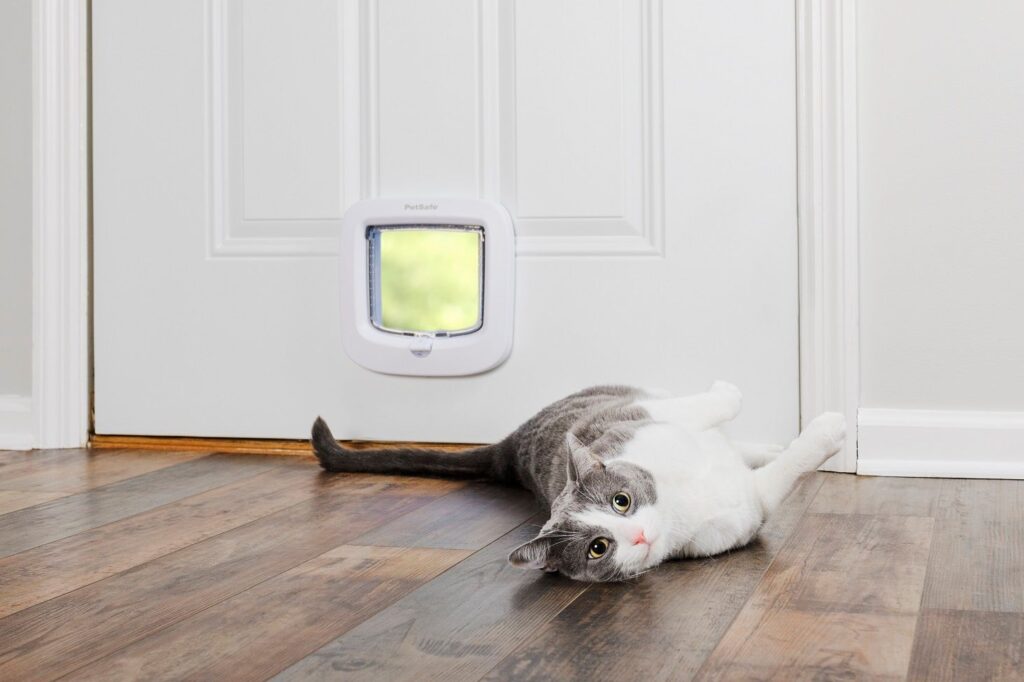
Graduating to Unsupervised Access
Supervised Trials:
Once your cat consistently demonstrates comfort with the cat door under supervision, consider transitioning to supervised trials. Allow your cat to explore the outdoors for short periods while keeping a close eye on their behavior. Use positive reinforcement during these trials to further strengthen their confidence.
Ensuring Your Cat Feels Comfortable:
Prioritize your cat’s comfort during unsupervised access. Ensure they have a safe environment outdoors and are familiar with the surroundings. Gradually increase the duration of outdoor access, always monitoring for signs of stress or discomfort. This gradual approach helps build trust and confidence in your cat’s ability to use the cat door independently.
Maintenance and Care of the Cat Door
To ensure the smooth functioning of your cat door, establish a routine for regular cleaning and lubrication. Dust, dirt, and debris can accumulate over time, hindering the door’s movement. Clean the door and its mechanisms periodically, and apply lubricant as recommended by the manufacturer. This maintenance routine prolongs the life of the cat door and ensures it remains inviting for your cat to use.
Checking for Wear and Tear:
Inspect the cat door for any signs of wear and tear. Components such as hinges, flaps, and locking mechanisms may experience deterioration over time. Address any issues promptly to prevent malfunctions that could disrupt your cat’s training progress. A well-maintained cat door contributes to a positive and reliable experience for both you and your pet.
Additional Tips for Success
Incorporating Playtime Around the Cat Door:
Make the area around the cat door an engaging and positive space. Incorporate playtime near the door, using toys to create a playful atmosphere. This not only associates the cat door with enjoyable experiences but also encourages your cat to view the door as a gateway to fun adventures.
Seeking Professional Advice if Needed:
If you encounter challenges beyond your expertise or if your cat displays persistent resistance to the cat door, consider seeking professional advice. Veterinarians or professional animal behaviorists can provide insights and personalized strategies to address specific issues. Their expertise can be invaluable in ensuring a successful training process.
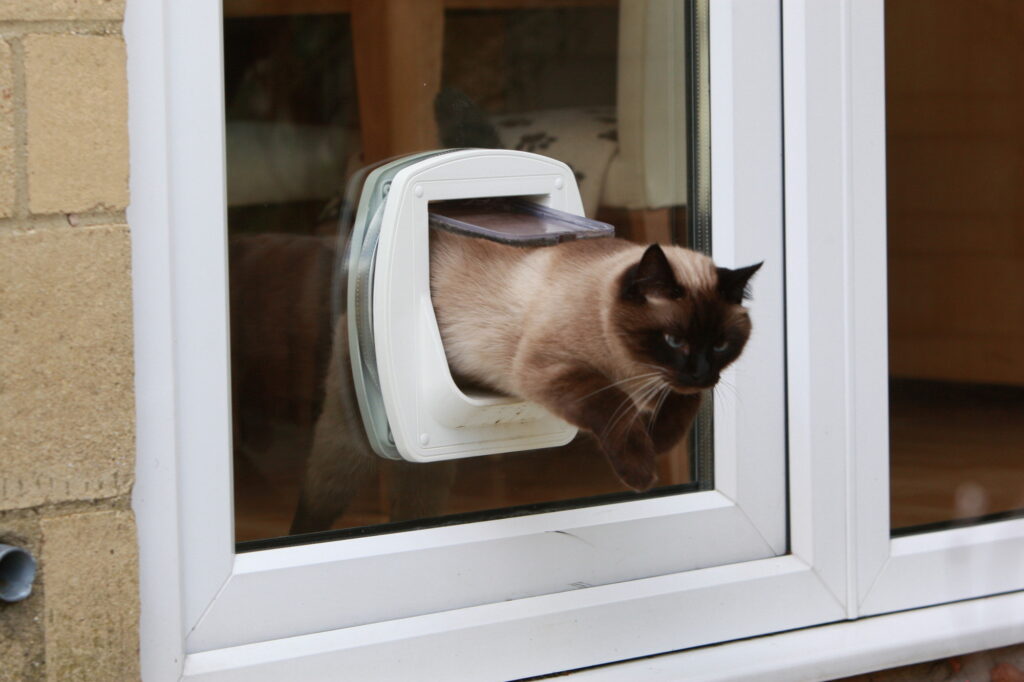
Safety Measures
Ensuring the Cat Door is Secure:
Prioritize your cat’s safety by ensuring the cat door is securely installed. Double-check the door’s stability and security features to prevent unwanted intrusions. A secure cat door guarantees your cat’s well-being while providing them with the freedom to explore the outdoors.
Monitoring Outdoor Access:
Keep a watchful eye on your cat’s outdoor activities, especially during the initial stages of unsupervised access. Monitor for any potential hazards or changes in behavior. A gradual and monitored approach to outdoor access ensures your cat adjusts comfortably to their newfound freedom.
Conclusion: Training Your Cat to Use a Cat Door
In conclusion, embracing the training process fosters a stronger bond between you and your cat. The benefits of a trained cat using a cat door extend beyond convenience; they provide your feline companion with an enriched and fulfilling life. Patience, consistency, and positive reinforcement are the keys to success. As you embark on this training adventure, remember that the investment in time and effort will be rewarded with a happy and independent cat.
Also Read:
